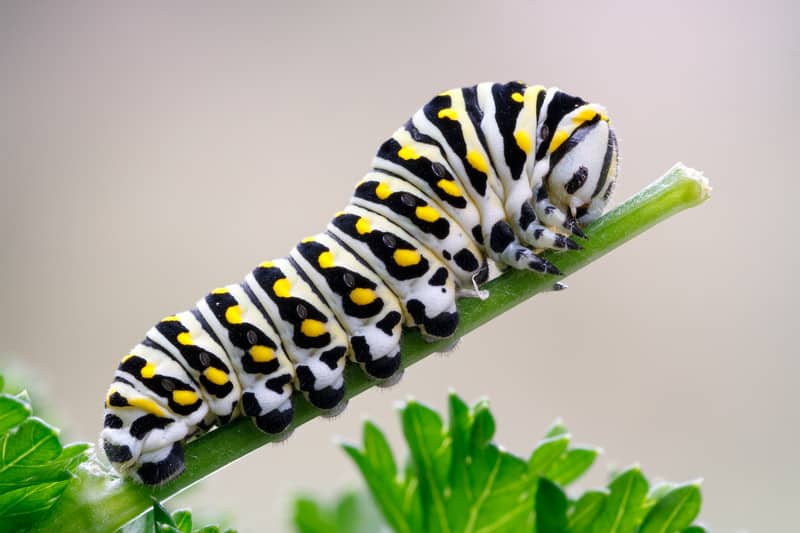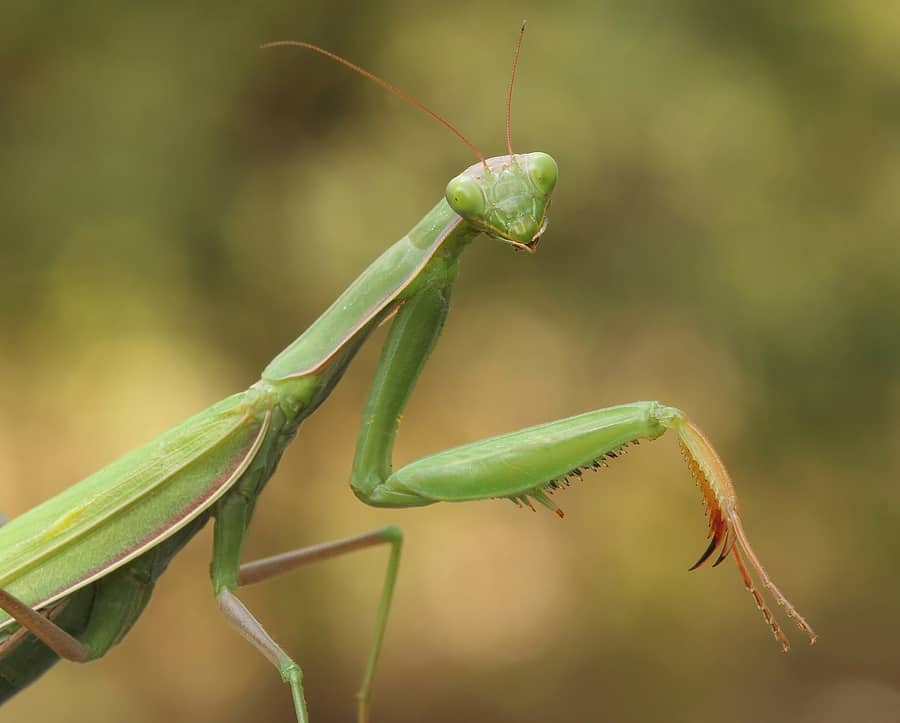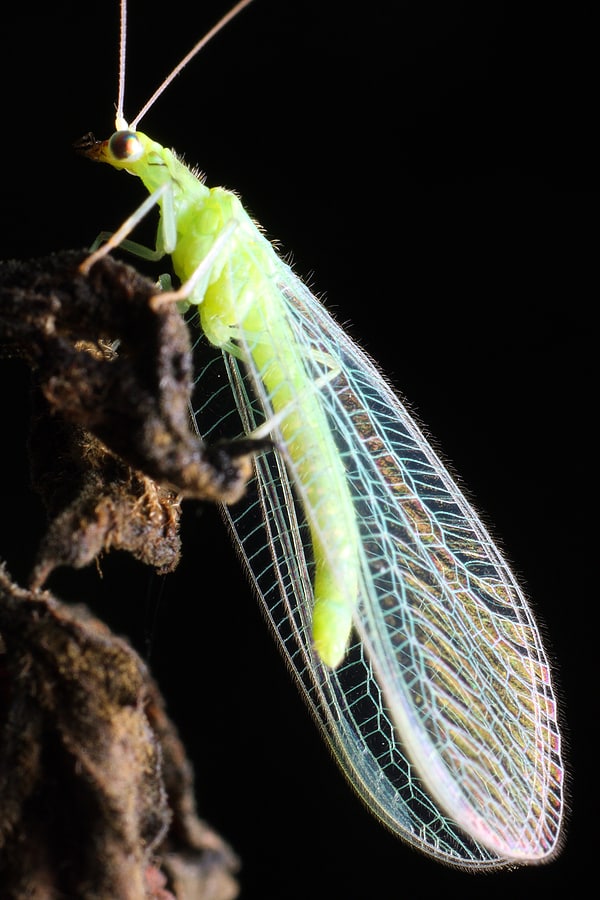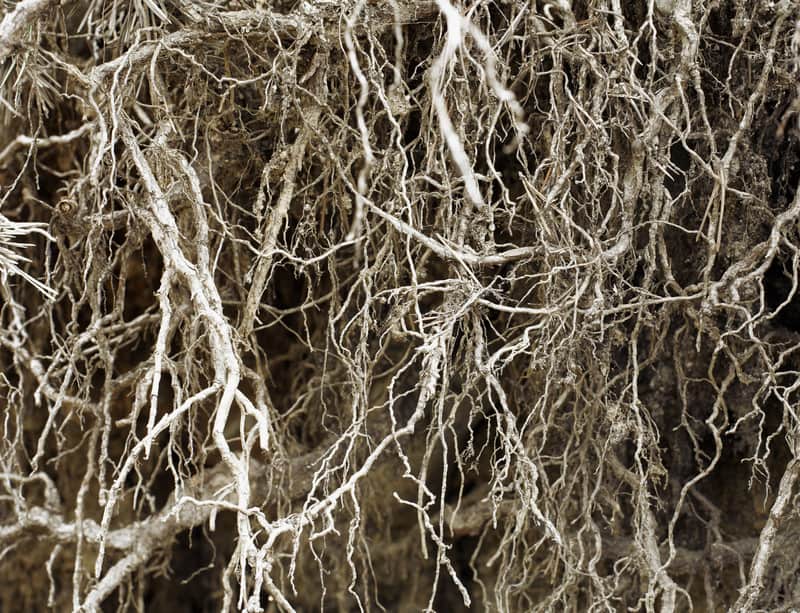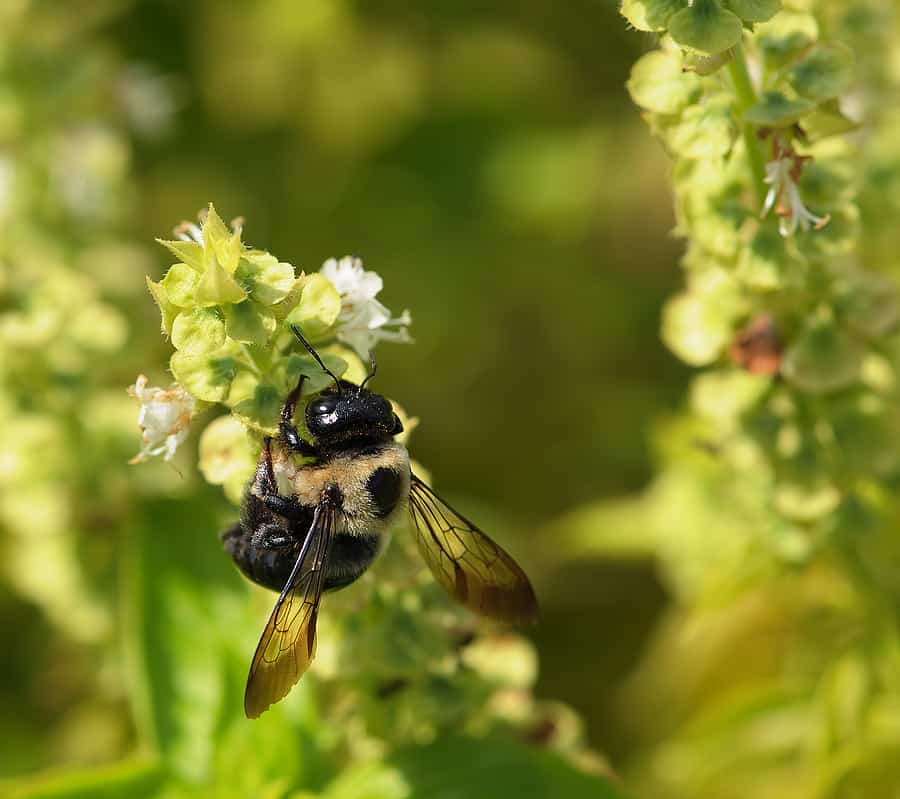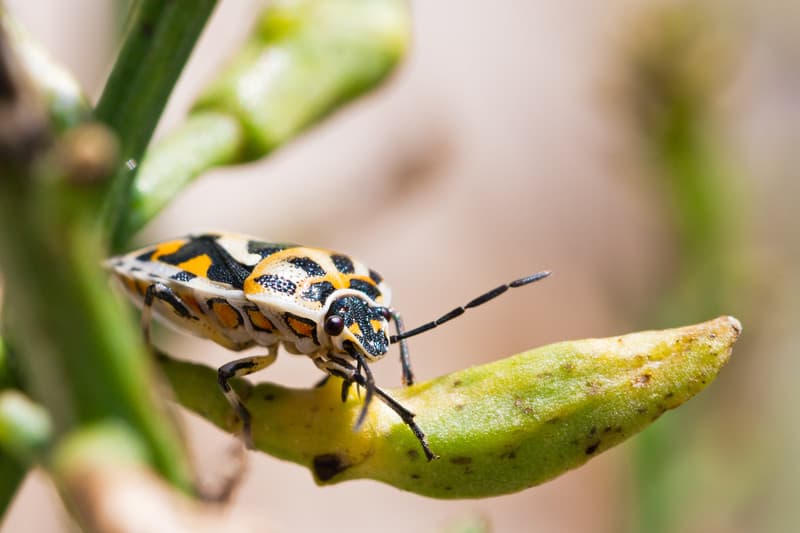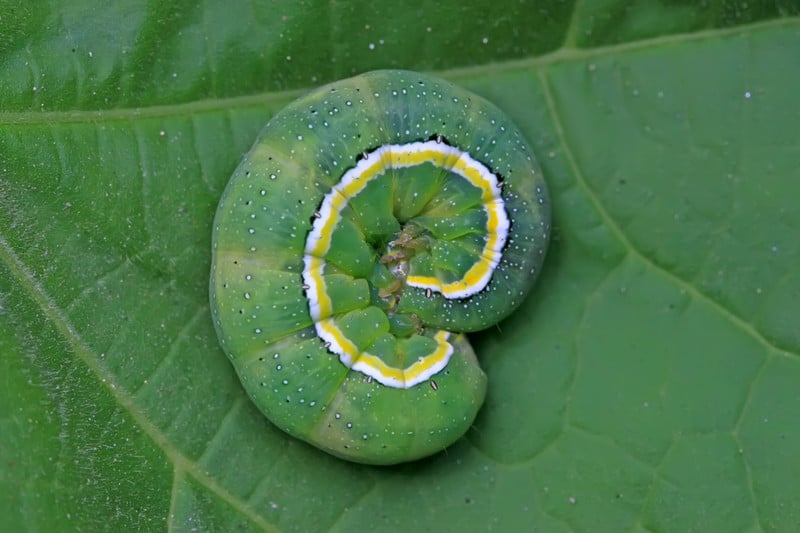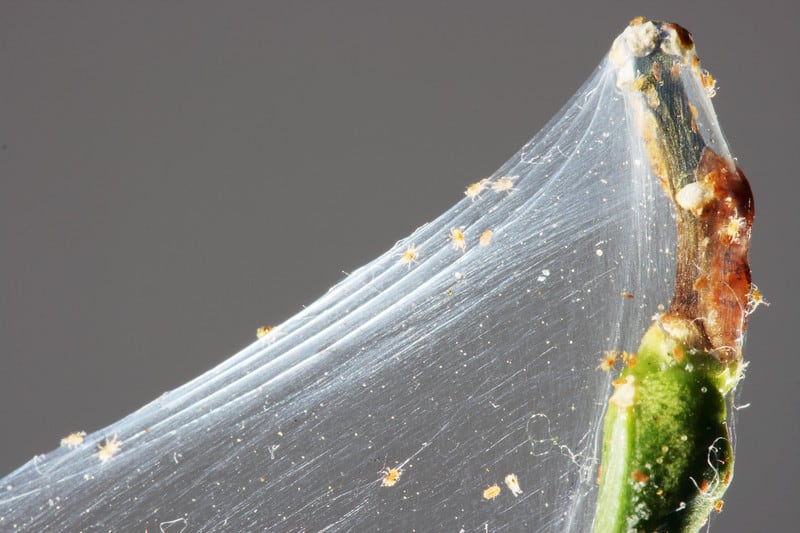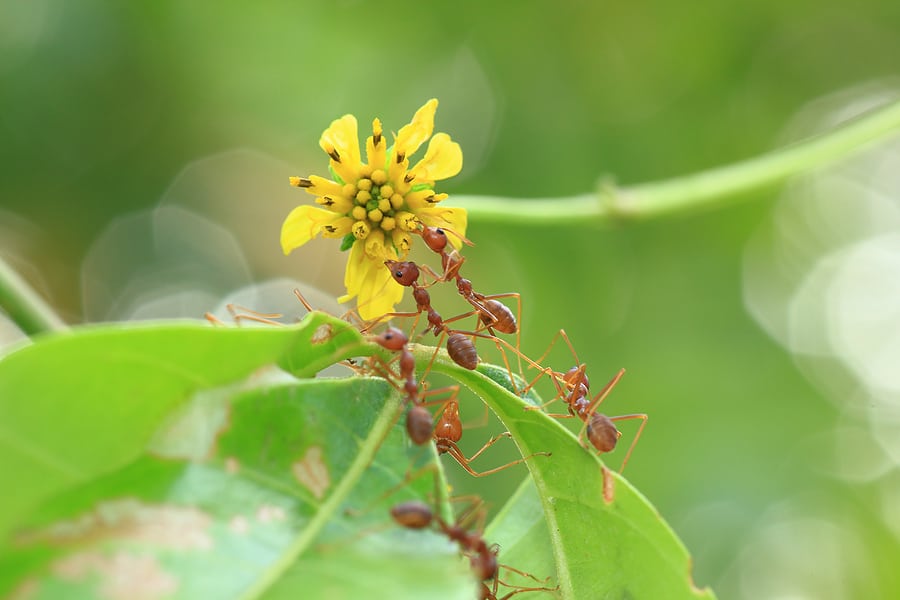Insects
Latest stories
More stories
-
Sowbug Organic Pest Control
Sowbugs are hard-shelled land-dwelling crustaceans. They are not insects. Sowbugs are also known as pill bugs, woodlice, and rollie pollies. Sowbugs eat decaying plants and other organic material in the garden including decaying vegetables and fruits. Sometimes they will chew on seedlings and strawberry fruits, but generally, they do not threaten crops and are important […] More
-
Parsley Worm Organic Pest Control
The parsley worm is a very large, two-inch long, green caterpillar with yellow-dotted black bands across each body segment. It has a pair of orange horns that it can project to scare off enemies. The beautiful black-and-yellow swallowtail butterfly is the adult form of the parsley worm. The parsley worm eats the leaves and stems […] More
-
Praying Mantid Beneficial Insect
Praying mantids (plural praying mantis) are mostly beneficial insects. Praying mantids eat aphids, asparagus beetles, caterpillars, Colorado potato beetles, earwigs, leafhoppers, Mexican bean beetles, and squash bugs. Praying mantids also eat beneficial insects, butterflies, and bees. The praying mantid is a beneficial insect sometimes known as the “destroyer of other insects.” Praying mantises eat an […] More
-
Green Lacewing Beneficial Insect
Green lacewings are beneficial insects. Adult lacewings feed on nectar, pollen, and aphid honeydew. Young, larvae lacewings feed on the eggs and immature stages of many soft-bodied insect pests including aphids, asparagus beetle larvae, caterpillar eggs and young caterpillars, Colorado potato beetle larvae, spider mites, thrips, whiteflies, leafhoppers, and the eggs of pest moths and […] More
-
Garden Nematodes
Nematodes are microscopic soil-dwelling worms, many less than 1/16-inch long. There are beneficial nematodes and pest nematodes. Beneficial nematodes help turn organic matter into plant nutrients. They also prey on soil-dwelling plant pests such as white grubs and root maggots. Pest nematodes feed on plant roots, stunting and sometimes killing plants including many vegetables. Nematodes […] More
-
Honey Bee Beneficial Insect
The honey bee is a beneficial insect and an important pollinator in the garden. Honey bees also produce honey and wax. About one-third of the human diet depends on honey bee pollination. Honey bees are important pollinators for more than 100 food crops. Honey bees collect water and gather pollen and nectar from flowers. As […] More
-
Parasitic Wasps Beneficial Insects
Parasitic wasps are small, even minute, mini-wasps that control pests including many garden pests. Parasitic wasps kill their hosts by feeding on them. Pests controlled by parasitic wasps include aphids, beetles, caterpillars, flies, sawflies, and scale insects. Notable parasitic wasps are the Braconid wasp, the Chalcid wasp, the Ichneumon wasp, and the Trichogramma wasp. Parasitic […] More
-
Harlequin Bug Organic Pest Control
Harlequin bugs are shield-shaped, have black-and-orange or black-and-red triangles on the back, and are about ¼-inch long. The harlequin bug is a type of stink bug; it releases a foul odor when disturbed. Harlequin bugs–also called shield bugs–suck plant sap from cabbage-family crops and other vegetables. Harlequin bugs overwinter in garden debris and weeds. The […] More
-
Armyworms Organic Pest Control
Beet armyworm caterpillars are green with yellow undersides and dark green and yellow stripes. Fall armyworms are shiny brown with black heads and yellow stripes down their backs with a V-shaped white mark on the head. Armyworms are active at night and on overcast days. They get their name from their habit of marching in […] More
-
Mealybugs Organic Pest Control
Mealybugs are very small soft, oval insects that are usually covered with white or gray waxy fluff. A mealybug is about 1/10 of an inch long. Mealybugs suck the juices from citrus, apples, pears, apricots, avocadoes, and grapes as well as ornamental and tropical plants. Honeydew excreted by mealybugs supports the growth of sooty mold […] More
-
Spider Mite Organic Pest Control
Spider mites are nearly microscopic creatures about 1/50 inch long. They are reddish-brown or pale in color with eight legs, much like a spider. The spider mite is not an insect; it is an arachnid, the class of invertebrate animals that includes spiders. Good Products for Pest and Disease Control at Amazon: Mites are the […] More
-
Garden Ants Organic Pest Control
Ants are an important component of the garden ecosystem. Ants are cleaners: they eat and help decompose organic matter in the soil, enriching the soil. Ants also eat pests insects such as fleas, fly larvae, and termites. Ants tunneling in the soil improve soil aeration which is helpful to plant roots. Ants become a garden […] More




